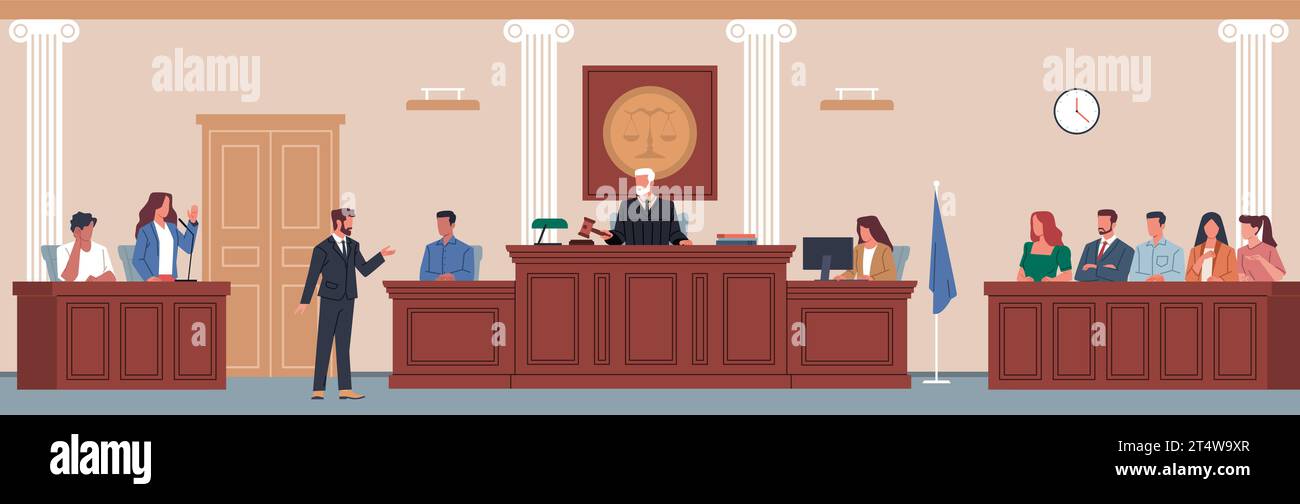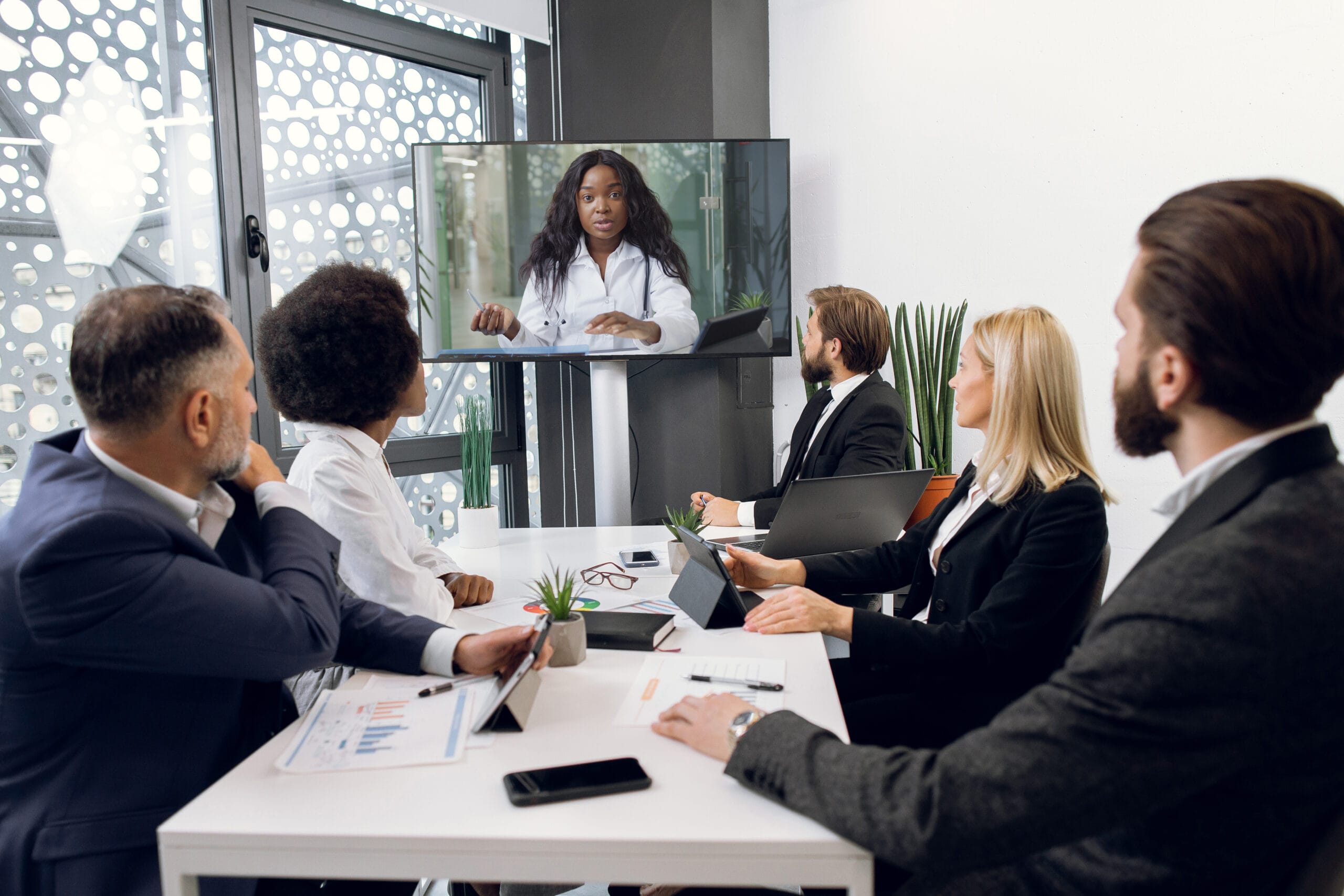Legal professionals use custom trial presentations that leave an impact.
Legal professionals use custom trial presentations that leave an impact.
Blog Article
Exactly How Test Presentations Enhance Your Argument and Persuade Jurors
Trial presentations serve as a pivotal device for boosting lawful debates and encouraging jurors. The strategic use of visuals not only clears up complicated info yet additionally records jurors' interest much more efficiently than words alone.

Relevance of Aesthetic Help
Aesthetic help play a crucial role in enhancing the efficiency of test presentations, as they can substantially boost target market engagement and retention of info. In the context of a test, where jurors are entrusted with processing complicated details, visual aids serve to streamline and clarify bottom lines. Charts, charts, and photos can convey data and ideas that might or else overwhelm or confuse jurors, allowing for an extra simple understanding of the proof presented.
Additionally, aesthetic aids assist in preserving juror attention throughout the proceedings. By damaging the dullness of verbal testimony, these devices can punctuate essential arguments, making them extra memorable. Efficient visual help can additionally evoke psychological feedbacks, which can be essential in persuading jurors to straighten with the speaker's narrative.

Crafting Engaging Narratives
A compelling story is necessary in trial presentations, as it works as the foundation of effective persuasion. It allows lawyers to weave together facts, proof, and emotional elements right into a meaningful story that resonates with jurors. This narrative framework allows jurors to recognize the complexities of the situation while leading them through the attorney's disagreement.
To craft an engaging story, attorneys should concentrate on quality and comprehensibility. This involves establishing a clear lead character-- usually the client-- and outlining their journey with the occasions concerned. Presenting the truths in a rational series boosts understanding and maintains interaction. In addition, using dazzling summaries can develop psychological pictures that aid jurors envision the occasions, making the story more memorable.
Furthermore, incorporating vital themes throughout the presentation enhances the core message and help in retention - trial presentations. The narrative must not just share information however additionally stimulate a sense of justice, highlighting the stakes included. Inevitably, a sound narrative fosters a connection in between the jurors and the instance, positioning the lawyer's disagreement as both reliable and engaging, consequently increasing the chance of a positive verdict

Involving the Jury Psychologically
Effective court engagement hinges on the lawyer's ability to get in touch with jurors on a psychological level. This link can dramatically affect jurors' assumptions and their ultimate decision-making. Using psychological appeals allows lawyers to humanize the instance, changing abstract lawful ideas into relatable experiences. By presenting real-life stories or testimonies, lawyers can evoke empathy and empathy, cultivating a much deeper understanding of the visit this website issues at stake.
Aesthetic aids, such as photographs or video clips, can additionally enhance psychological involvement, offering jurors with vivid depictions of the situation's human aspects. Crafting a story that highlights the struggles and accomplishments of the people involved makes certain that jurors see beyond the legal disagreements and identify the human effects of their decisions.
A lawyer's enthusiastic shipment can resonate with jurors, enhancing their psychological investment in the case. It's crucial to stabilize emotional allures with factual evidence, making certain that jurors click for source feel obliged to act while continuing to be grounded in the truth.
Structuring Your Discussion

The body of the discussion ought to be realistically fractional right into bottom lines, each supported by compelling evidence. It is useful to utilize narration methods to weave realities right into a story that jurors can conveniently adhere to. Aesthetic help, such as graphes and videos, can enhance comprehension and engagement, assisting to highlight important pieces of proof.
Real-World Case Researches
Examining real-world situation studies offers vital insights into the art of trial discussions and persuasion. For example, the landmark case of "O.J. Simpson v. The People of The golden state" highlights just how aesthetic help and engaging stories can persuade jury understandings. investigate this site The protection team properly utilized a strategy that integrated top-level expert statements with multimedia discussions, which captivated jurors and inevitably affected their decision.
One more noteworthy example is the "McDonald's Coffee Instance," where the plaintiff's lawyers used visuals pictures of the injuries sustained by Stella Liebeck. trial presentations. This plain visual proof played an important role in conveying the severity of her burns, resulting in a considerable jury honor. Such instances show that impactful test discussions commonly depend upon the efficient combination of visuals and storytelling to evoke emotional responses from jurors
Furthermore, the "Casey Anthony Test" highlighted the relevance of narrative comprehensibility and integrity. The prosecution's failing to establish a compelling timeline diminished their influential power, emphasizing the requirement of a well-structured presentation. Evaluating these cases discloses that effective trial presentations call for critical planning, emotional involvement, and the capacity to resonate with jurors' values and ideas.
Final Thought
Test presentations substantially enhance disagreements and persuade jurors with the strategic use of aesthetic aids, engaging narratives, and emotional involvement. A well-structured presentation equilibriums psychological appeals with valid evidence, eventually reverberating with jurors' values.
Report this page